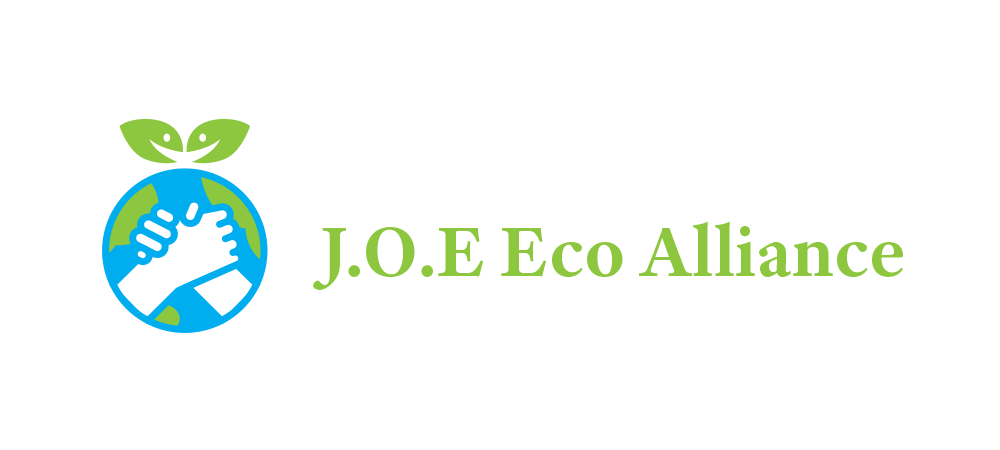More than 1 billion people face displacement by 2050
国际智库经济与和平研究所的研究显示,由于人口快速增长、粮食与用水短缺与自然灾害增多,到2050年全球可能有超过10亿人流离失所。
经济与和平研究所(IEP)根据联合国与其他机构的数据评估了八种生态威胁,并预测哪些国家与地区面对的风险最大。
全球人口料增至近100亿 导致资源争夺态势加剧
报告指出,全球人口预料在2050年增至近100亿,这将导致对资源的争夺态势加剧,并助长冲突;到2050年,在撒哈拉以南非洲、中亚和中东脆弱地区可能有多达12亿人被迫迁徙。
相较之下,去年约有3000万人因生态因素与冲突而流离失所。
经济与和平研究所创始人基利亚(Steve Killelea)说:“这不仅会给发展中国家,同时也会给发达国家带来巨大的社会与政治影响。大规模的流离失所将导致更多难民涌向最发达的国家。”
报告中把威胁分为两类:第一种是粮食缺乏保障、用水不足与人口增长;第二种是自然灾害,包括洪水、干旱、飓风、海平面与温度上升等。
报告分析了约150个国家所面对的威胁,以及它们应对这些威胁的能力。其中,缺水是印度与中国等一些国家在未来数十年面对的最大威胁。其他一些国家,如巴基斯坦、伊朗、莫桑比克、肯尼亚和马达加斯加等则面对多重威胁,应对能力也在弱化。
基利亚说,相较于50年前,现在世界可用的淡水已减少60%;未来30年,全球粮食需求预料将增长50%,这主要是受亚洲中产阶级扩张驱动。
自然灾害或更频繁发生
与此同时,自然灾害很可能会因气候暖化而更频繁发生。这意味着,即使是目前稳定安全的国家,到了2050年也可能变得脆弱。
经济与和平研究所表示,希望这项研究有助于各国制定援助和发展政策,并促使它们投入更多资源和资金应对气候相关因素带来的冲击。
Rapid population growth, lack of access to food and water and increased exposure to natural disasters mean more than 1 billion people face being displaced by 2050, according to a new analysis of global ecological threats.
Compiled by the Institute for Economics and Peace (IEP), a think-tank that produces annual terrorism and peace indexes, the Ecological Threat Register uses data from the United Nations and other sources to assess eight ecological threats and predict which countries and regions are most at risk.
With the world’s population forecast to rise to nearly 10 billion by 2050, intensifying the scramble for resources and fuelling conflict, the research shows as many as 1.2 billion people living in vulnerable areas of sub-Saharan Africa, Central Asia and the Middle East may be forced to migrate by 2050.
By comparison, ecological factors and conflict led to the displacement of some 30 million people in 2019, the report said.
“This will have huge social and political impacts, not just in the developing world, but also in the developed, as mass displacement will lead to larger refugee flows to the most developed countries,” said Steve Killelea, IEP’s founder.
The register groups the threats into two broad categories: food insecurity, water scarcity and population growth in one; and natural disasters including floods, droughts, cyclones, rising sea levels and rising temperatures in the other.
The result is an analysis assessing how many threats each of some 150 countries faces and their capacity to withstand them.
While some, such as India and China, are most threatened by water scarcity in the coming decades, others like Pakistan, Iran, Mozambique, Kenya and Madagascar face a toxic combination of threats, as well as a diminishing ability to deal with them.
“These countries are broadly stable now but have high exposure to ecological threats and low and deteriorating ‘positive peace’, which means they are at higher risk of future collapse,” the 90-page analysis found.
Killelea said the world now has 60% less fresh water available than it did 50 years ago, while demand for food is forecast to rise by 50% in the next 30 years, driven in large part by the expansion of the middle class in Asia.
Those factors, combined with natural disasters that are only likely to increase in frequency because of climate change, mean even stable states are vulnerable by 2050.
The IEP said it hoped the register, which may become an annual analysis, would shape aid and development policies, with more emphasis and funding going towards climate-related impacts.








